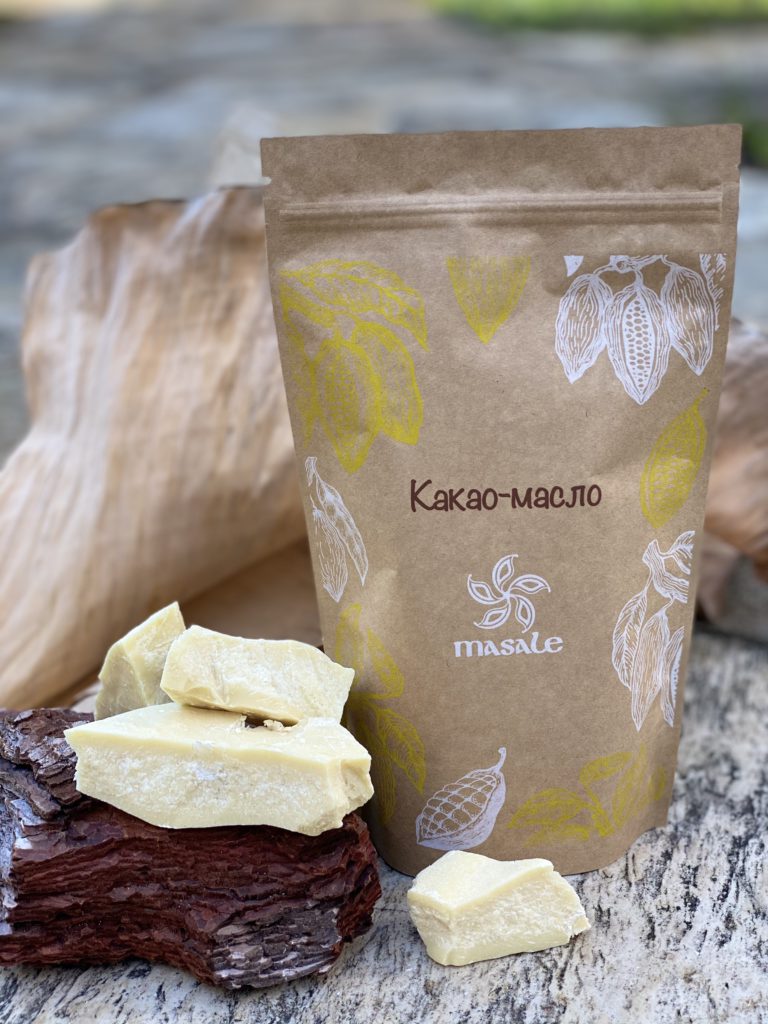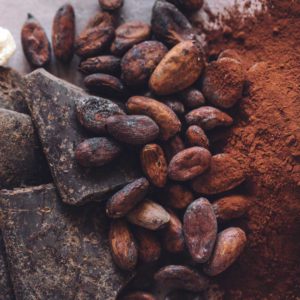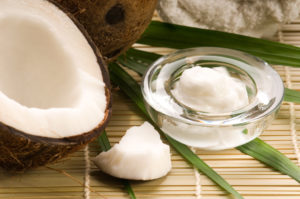After America and Europe discovered hot chocolate and started adding sugar to it, life became better, life became more fun. But something confused many fans of cocoa – oil circles appeared on the surface of cocoa beans filled with boiling water. The strange vegetable fat was removed, after cooling it still spread the aroma of chocolate in the air, but became solid and outwardly similar to soap.
In 1825, Konrad van Hoyten decided to launch the production of defatted cocoa powder for a drink, for which he tried to use not only heat, but also pressure to separate vegetable oil from the main product. The experiment was successful, and three years later the inventor patented a hydraulic press. This invention gave the world another valuable product – cocoa butter.

Later, during the Gold Rush of the mid-1800s, the Italian Domenico Girardelli came to America, where he decided to help exhausted gold seekers like himself to satisfy their hunger, and spent the gold he obtained to create the highest quality chocolate. While transporting cacao beans from Peru to the United States, Dominico noticed that the ground beans gave oil even to the fabric of the canvas bag. The filtration method was also patented, but van Hoyt’s method turned out to be more productive and durable. Thanks to this invention, cocoa and chocolate ceased to be treats exclusively for crown-bearers, and cocoa butter is used not only in the food industry, but also in medicine and cosmetology.
Raw, unrefined cocoa butter has a characteristic strong chocolate aroma. If it is necessary to remove the natural smell, for example, to add a substance to white chocolate or for medical purposes, cocoa butter is subjected to steam treatment in a vacuum environment. By the way, this is exactly what our partners at the Wawel factories do on a special installation.
High-quality cocoa beans contain up to 50% oil. When they are squeezed, a transparent substance is released that quickly thickens, has a light yellow or cream shade and really looks like soap that smells like chocolate. You can melt the cocoa butter again simply by holding it in the palm of your hand. When melted, the oil slowly melts, leaving behind an unpleasant feeling of “sticking” on the teeth and a greasy aftertaste.
Unobtrusive aroma of chocolate, neutral taste of vegetable fat and melting at body temperature are characteristic features of expensive natural cocoa butter. If at least one indicator is missing, the oil is noticeably bitter, has no aroma at all, or smells like vanilla – you got one of the many existing substitutes for cocoa butter.
It is interesting that natural cocoa butter is polymorphic, that is, it can form six different forms of crystals when solidified. This is reflected in the taste characteristics of the product. Confectioners consider crystals of the “beta” type to be optimal.

Chocolate made from such cocoa butter is always tender, keeps its shape and is crunchy when broken.
Cocoa butter is successfully used both for making homemade chocolate and in medical and body-pleasing cosmetic procedures. And for the sake of beauty, we will soon take it with us to the spa for girls’ parties! 🙂
We wish everyone to stay healthy and beautiful together with the MASALE family!









